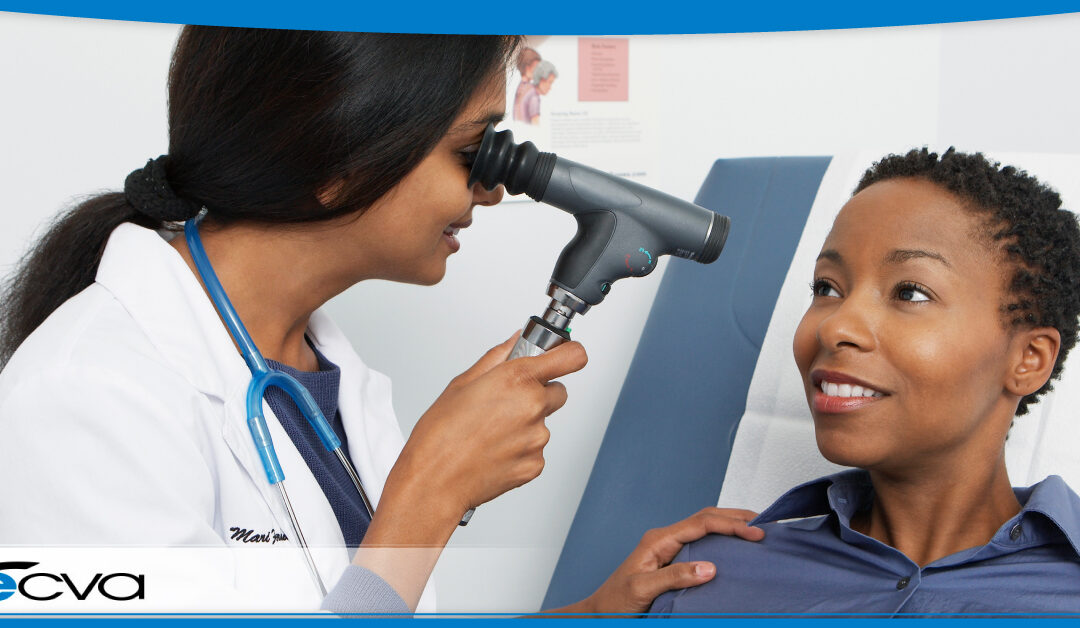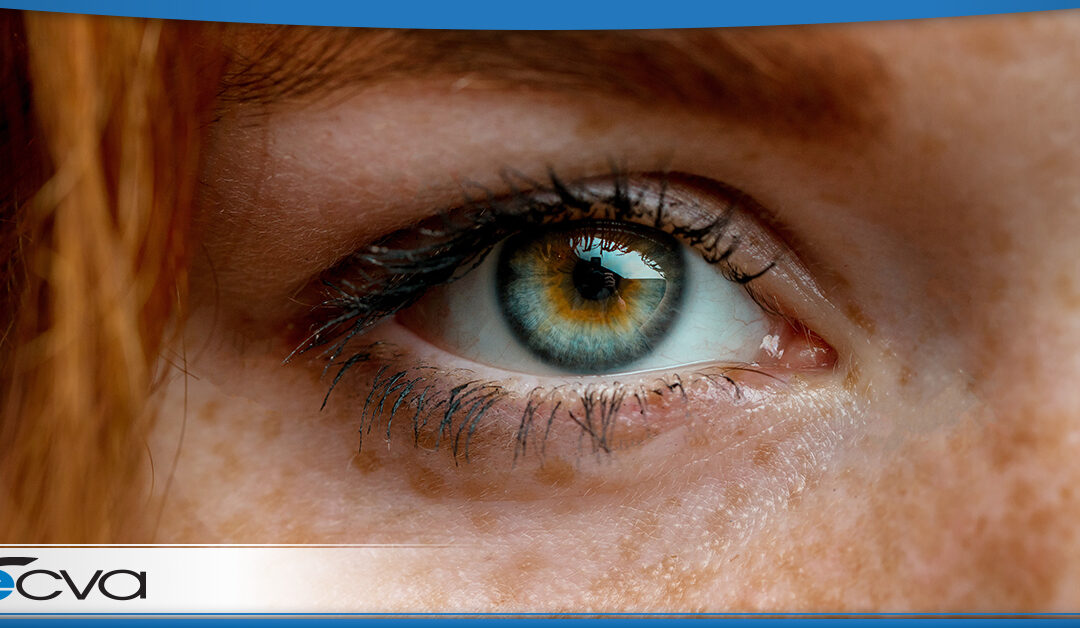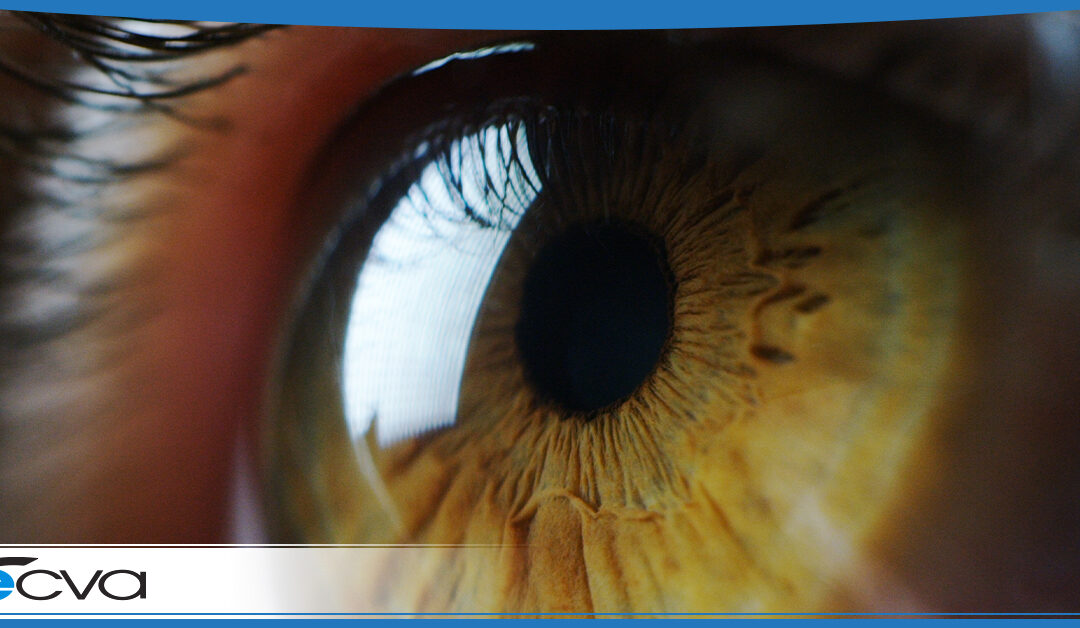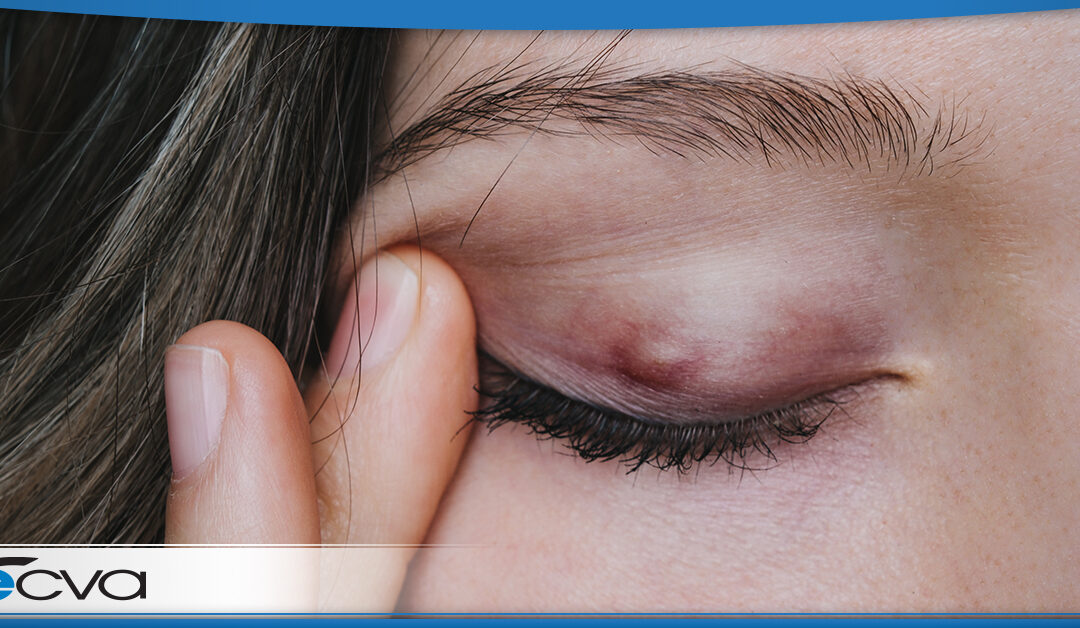
by ecvaeyeadminz | Feb 16, 2023 | Eye Health
Tunnel vision is a highly disruptive condition, making it difficult or impossible to see objects that aren’t positioned directly in front of you. Without your peripheral vision, navigating the world becomes riskier, as you can’t clearly identify objects to your side....

by ecvaeyeadminz | Mar 12, 2021 | Eye Health
When you experience an eye twitch, it’s common to be concerned. Not only is the sensation uncomfortable or bothersome, but it’s hard to tell if the eye twitching is benign or related to a serious condition. If you are dealing with eye twitching...

by ecvaeyeadminz | Sep 10, 2020 | Eye Health
Many people have grown up knowing certain vision “facts.” They may have heard them from their parents as a child, passing the tidbit of vision along to their children as their parents did with them. However, some of this vision “wisdom” may or may not be...
by ecvaeyeadminz | Sep 10, 2020 | Eye Health
Many people have grown up knowing certain vision “facts.” They may have heard them from their parents as a child, passing the tidbit of vision along to their children as their parents did with them. However, some of this vision “wisdom” may or may not be...

by ecvaeyeadminz | Aug 21, 2020 | Eye Health
Finding a bump near your eye is always startling. You may be wondering if it is dangerous or what you should do to handle it. How you should proceed depends on the kind of bump you find. If the lump is small and red – with or without a white head...





